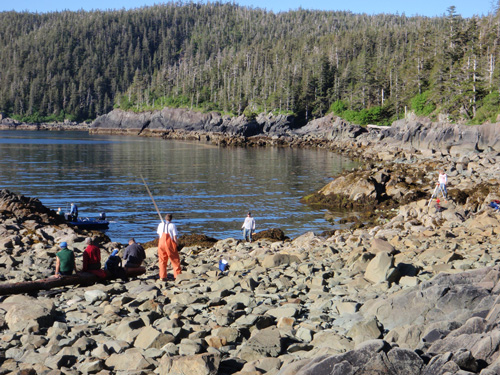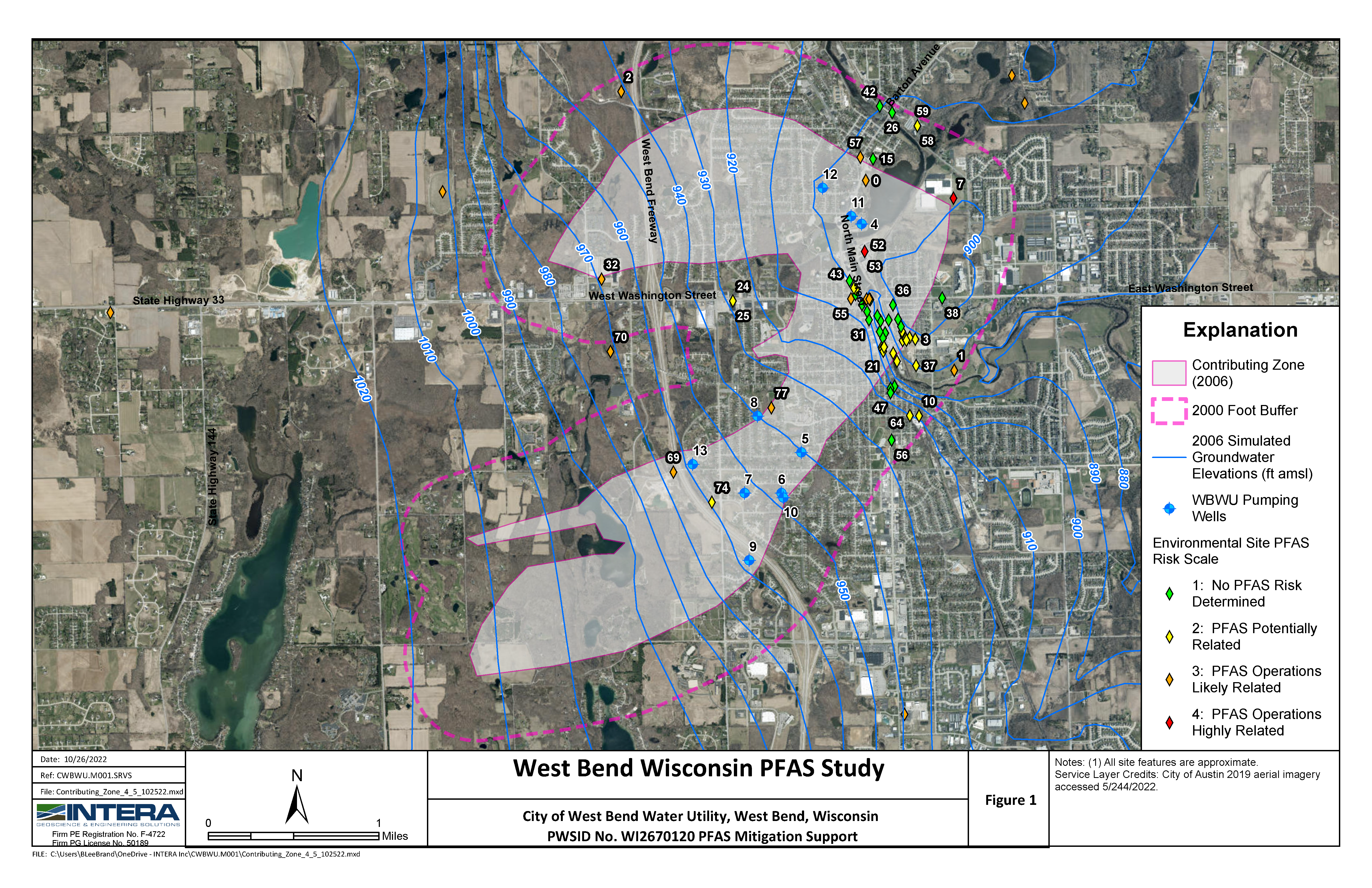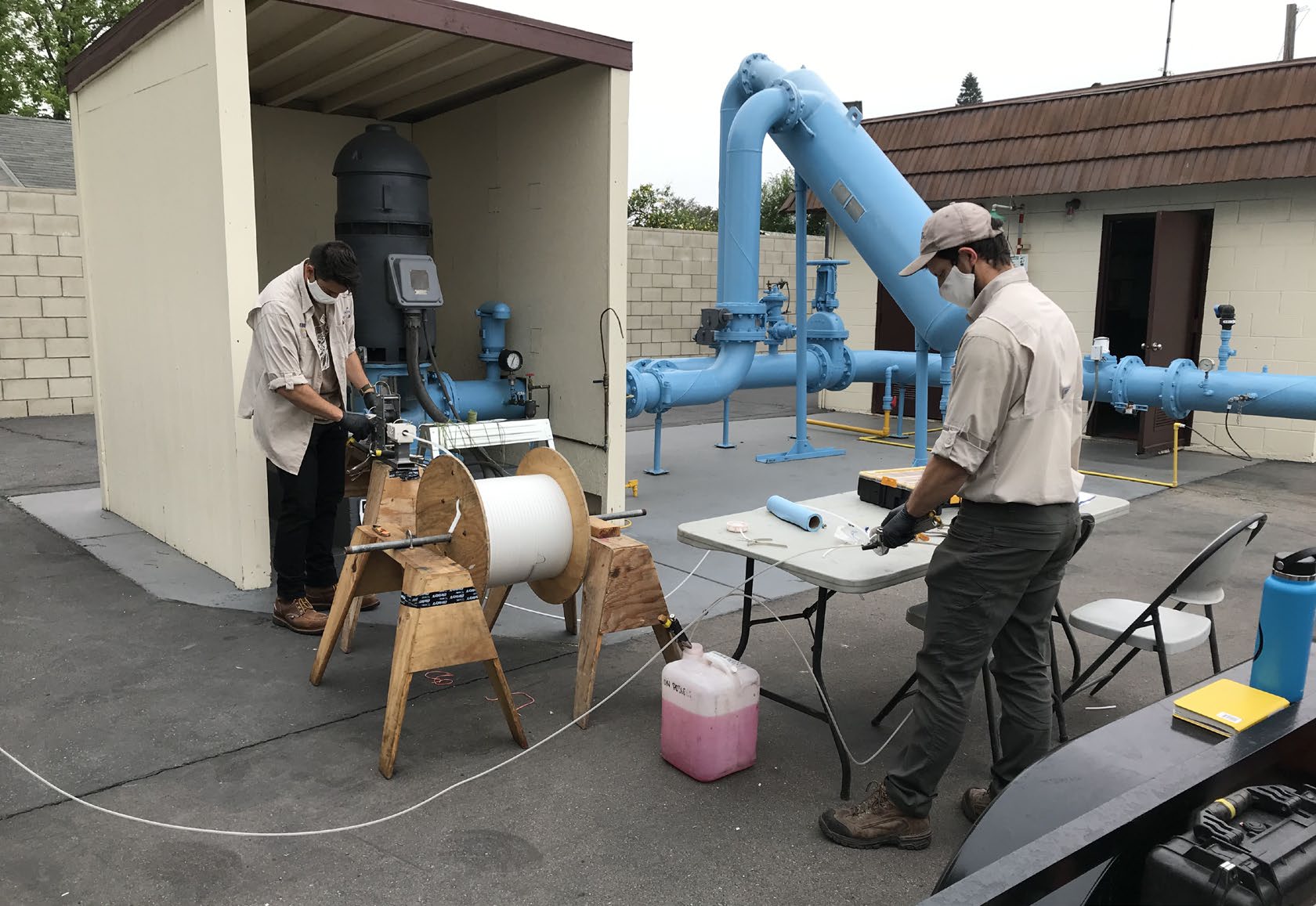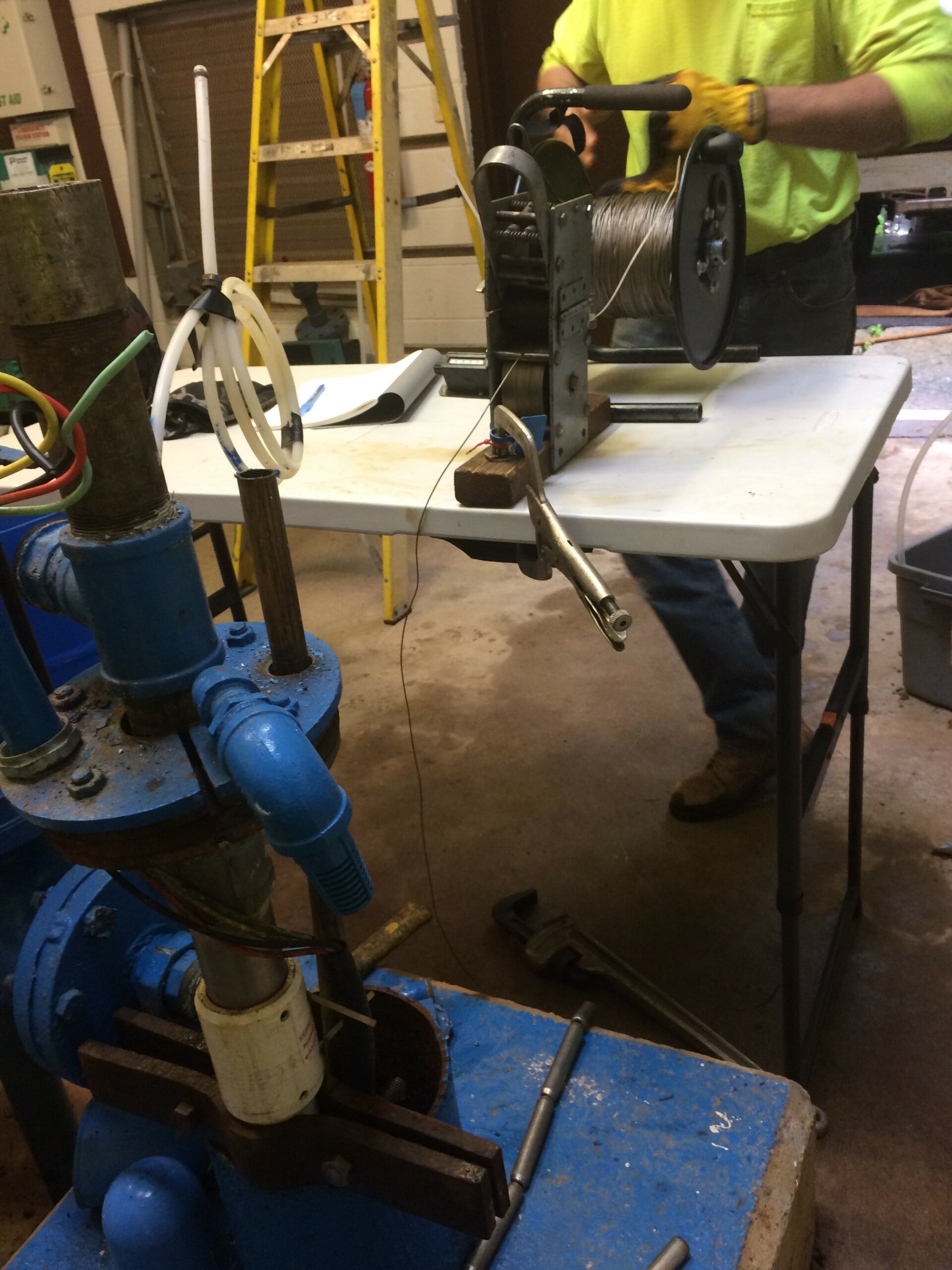
Challenge. Perform studies and analyses to determine environmental impacts resulting from persistent residual oil on shorelines
Solution. Decades after the Exxon Valdez released more than 10 million gallons of crude oil into Alaska’s Prince William Sound, lingering oil still remains on the shorelines. INTERA scientists and engineers conducted numerous studies to independently evaluate the impacts of this residual oil on the environment. These included field studies and data collection designed and executed to characterize the conditions that trap oil residues in the subsurface. INTERA staff performed in-situ groundwater testing through the installation of temporary piezometers and characterized sedimentary horizons through observations of pits and trenches. Using field samples, INTERA scientists also participated in laboratory studies to determine the physical and chemical properties of the sediments and oil residue, including column studies that established partition coefficients of critical constituents in the lingering oil. The characteristics derived from these studies were implemented in a detailed conceptual model and numerical flow and transport of polycyclic aromatic hydrocarbons in groundwater and surface water that validated field observations, provided the basis for risk assessments, and evaluated potential remedial strategies.




